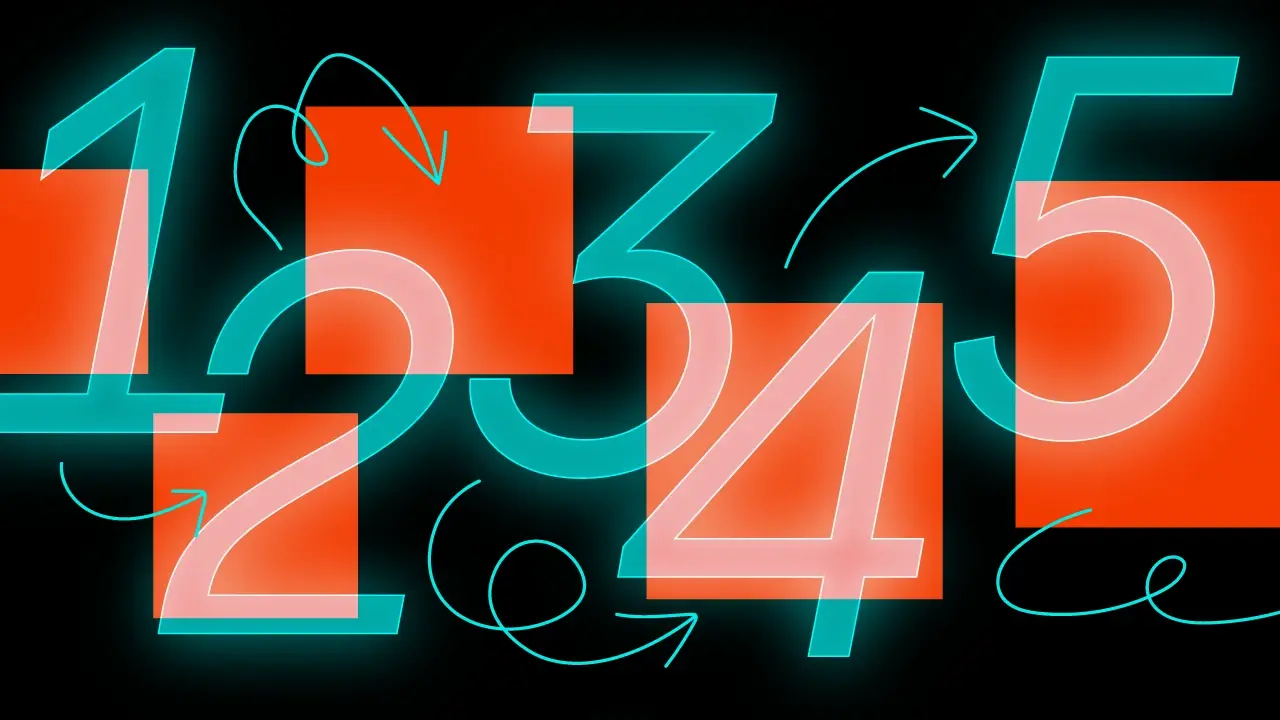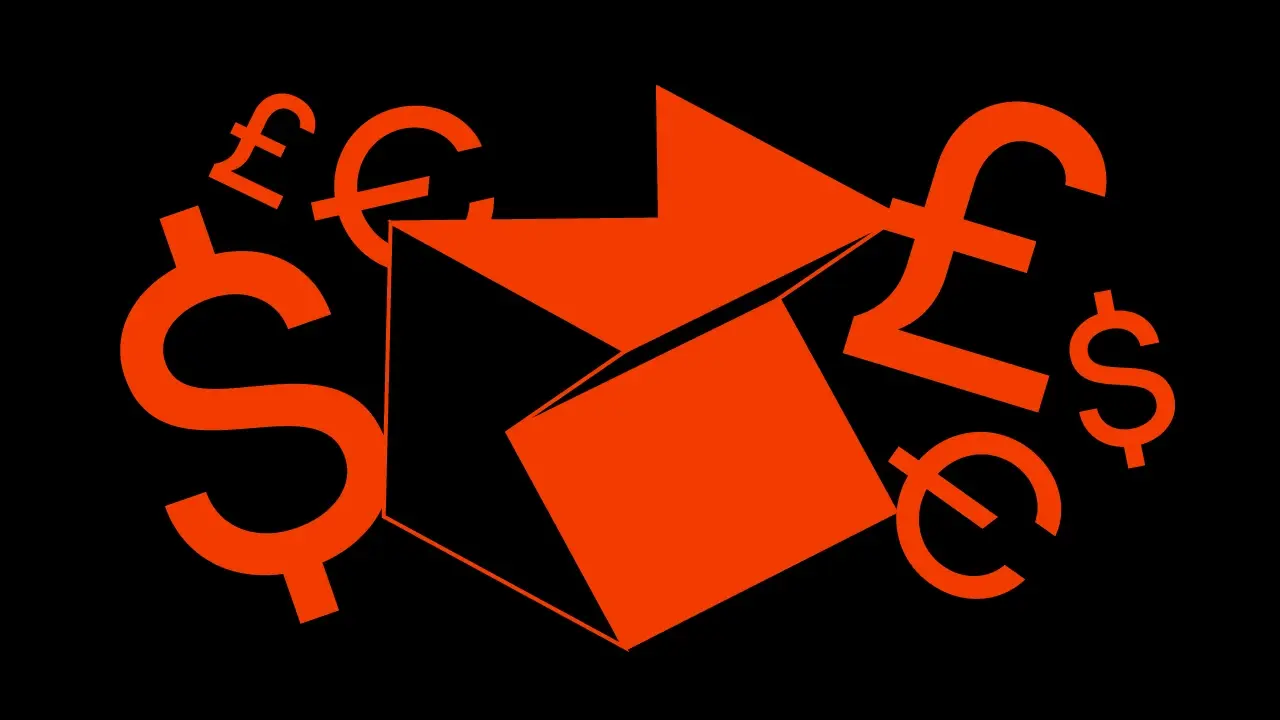A Step-by-Step Guide to Designing Mobile Applications in Banking


Mobile applications are tools used daily to handle a plethora of tasks – from ordering food and buying clothes to paying bills and investing. From the perspective of the banking sector, they are a great way to stay engaged with customers. Due to this increasing reliance of individuals and businesses on mobile devices, it’s imperative to produce well-designed applications.
This article aims to explain the process of designing quality mobile applications for the banking sector and other money-related entities. It discusses how to build a software product that will not only meet the needs of end customers but also help organizations reach their business goals and stand out from the competition.
Why Are Mobile Applications So Important?
The significance of mobile applications in banking and other industries can’t be underrated. They provide consumers with convenient access to all types of services anytime they need them, no matter their location. When it comes to financial apps, customers can check their account balances, transfer funds, pay bills, and perform other financial operations with just a few taps. It’s quite different from times when banks required personal presence or even when they were available via websites only.
However, apps are not only beneficial for clients. The financial industry can use them to enhance relations by improving customer service and boosting marketing and sales activities. They can increase engagement and loyalty by offering personalized experiences, providing individual offers, and helping their audience with money management with reminders or notifications. The demand for digital banking apps is enormous – not only among young people but also older generations. Studies show that a lot of Gen Xers and Boomers prefer to use banking apps to handle their finances.
Overview of the Banking App Design Process
What are the main expectations when it comes to designing mobile banking applications? Seamless user experience, intuitive UI, and the availability of multiple features in one place are the most popular ones. Let’s see what the typical key phases of the design process for such apps are:
Concept Phase
This phase is dedicated to identifying the business objectives and utility goals of the final product. It usually begins with defining the target audience and performing market research. This way, the provider responsible for making the application can learn what the needs and preferences of potential users are. Then, it’s time to determine the main functionalities and select the most suitable technology stack.
The best method to use during this initial stage is to organize workshops with clients that foster collaboration and ensure alignment with expectations. Additionally, it’s important to hire analysts who will gather and process important information from numerous sources, identify promising trends, and provide valuable insights for informed design and development.
Design Phase
Now it’s time to create the actual design in the form of a user-friendly, easy-to-use interface that prioritizes easy navigation. It should also have security measures in place. This part of the process begins with preparing wireframes, mockups, and prototypes to visualize the app’s layout and functions.
UX designers play a critical role in ensuring the app’s design aligns not only with business goals but also with industry standards. This stage involves stakeholder reviews and feedback sessions as well to refine the final results and ensure it meets the project scope.
Implementation Phase
Once the design is finished, the mobile development team proceeds with implementation. The application is built according to the specifications outlined in the previous phases. They write code, test it, and improve it to ensure the application meets quality requirements. It also has to showcase optimal performance across various devices and operating systems.
To streamline the production stage, providers usually use agile methodologies and bet on continuous integration and development. This way, they can speed up time-to-market, ensure regular releases, and provide necessary updates when they’re needed.
Testing Phase
The QA procedures can be performed simultaneously with development to ensure early detection and resolution of potential issues. Nonetheless, when the software is done, it’s time for final testing. The quality assurance team is responsible for functional testing, usability tests, security checks, and determining if the app meets the client’s expectations, regulatory standards, and user experience demands.
Manual and automated tests are two types of QA that are used to find bugs and malfunctions. The testing methods are picked based on the individual project needs. Additionally, user acceptance testing is a great way to validate the app’s functionality and gather feedback from real users before the final release.
Deployment Phase
After all the previous stages are complete, it’s time to put the app in stores to be downloaded by users. It doesn’t mean that the product won’t be fixed or expanded in the future. Continuous monitoring and maintenance are essential to address any emerging difficulties and provide enhancements based on collected feedback or evolving market trends.
Best Practices in Banking Mobile App Design
Adjusting the application’s design to best practices within the financial sector is crucial to meet the needs of customers and provide them with a software product that can handle sensitive, money-related operations. What should be taken into consideration?
- Intuitiveness: The app should be easy to navigate and use, with clear instructions that guide the users through various tasks. Finances can be complicated, so banks should help their customers handle them without obstacles.
- Security: Personal data and money require sophisticated safety measures. Two-factor authentication, biometric logins, high-level encryption, and compliance with legal documents are a must to ensure expected protection.
- Flexibility: Customization options mean the app can be adapted to individual user needs. A personalized experience means increased trust, better feedback, and availability for diverse target groups.
- Integration: By giving users the possibility to integrate the app with other financial services and third-party platforms, banks ensure their clients can handle their money in one place, giving them a comprehensive experience.
Banking Apps: Case Studies
To understand better why properly designing mobile banking applications is so vital for success, we’ve taken a closer look at two different examples of financial software and how they performed when they were released. For instance, Chase Mobile became the most popular banking platform in the United States. It also expanded its operations to the UK, where it decided not to open any physical branches whatsoever. Its simplistic design, robust security, and seamless integration with other services from the same provider made this banking app an enormous success. Moreover, it offers rewards and exclusive deals, which is an additional benefit for the customers. Their marketing efforts together with a well-executed product were a recipe for success.
On the other hand, SVB’s story is a cautionary tale for financial organizations that want to build mobile apps and think it’s an easy route to follow. The brand didn’t update its app with the newest technology, which made their software impossible to use. Together with other problems, including financial downfall, it shut down operations in March 2023. Their story should be a lesson learned for all institutions that are willing to invest in their online platforms. They should take care of them regularly and manage their business responsibly.
Conclusion
Mobile applications are a crucial part of financial institutions’ business strategies, and they are an essential element of consumers’ daily lives. The guidelines outlined in this article are dedicated to banks and companies that want to create user-oriented software. Designing mobile banking applications this way will help them achieve business goals, increase revenue, enhance engagement, and improve customer experience.
Would you like to check out more success stories similar to Chase Mobile? Visit our Portfolio page and check our case studies to see real-world examples of successful banking app implementations.




